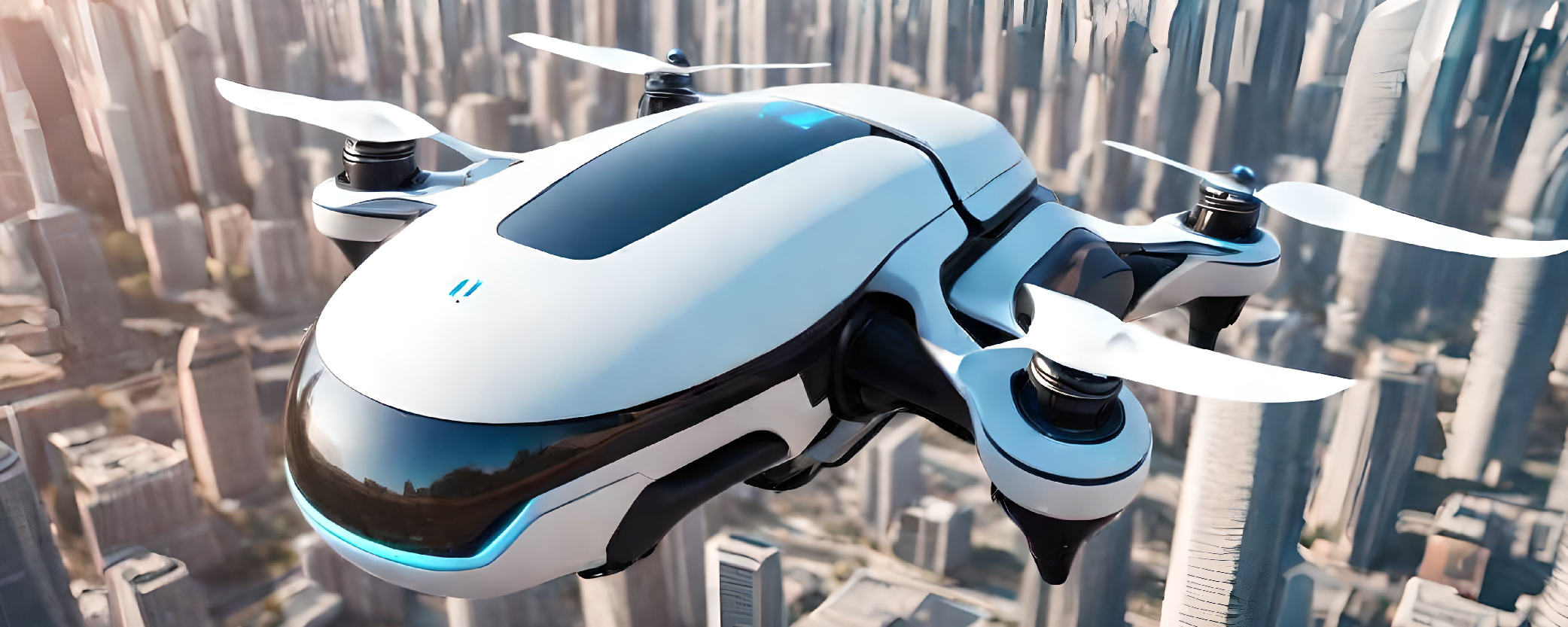Driving Tomorrow: The Evolving Future Of Mobility
Mobility trends are deeply related to social and economic inputs. Currently, evolving work ethics, lifestyle choices, and rapid urbanization indicate a future of mobility embedded with more sustainable, autonomous, intermodal choices. Each of these choices represents a distinct element slowly being spun to constitute a more consolidated, climate-neutral, and personalized mobility ecosystem compared to its present version.
This necessitates a close analysis of major mobility trends impacting the automotive industry and how pieces will fall in place for stakeholders in this segment. As the biggest transformation will happen in the next ten years, we have focused this write-up on trends already making headwinds and will keep fueling momentum in this direction in the coming years.
Trends Defining Mobility Of The Future
Decline In Private Vehicle Ownership
Rising inclination to sustainable transport alternatives, micro-mobility, regulatory push to decrease traffic congestion, and increasing consumer awareness are reducing the charm of private vehicle ownership, especially in developed nations and big cities. Also, the availability of new mobility options like better biking infrastructure, ventiports, and robotaxis would provide more convenient alternatives to owning personal vehicles.
For instance, the European Union expects a 20 percent decline in private vehicle ownership by 2035 while the Private Miles Travelled (PMT) will go down by 15 percent around the same time. It will impact all stakeholders across the automotive industry forcing them to find new value pools, sales strategies, and business models.
The intensity of decline will be higher in developed nations than in developing countries. Some of the latter, like South Asian countries, will compensate for these losses as there will be a sharp rise in private car ownership.
Rise In Shared and Micro Mobility
The push for sustainability is leading to the emergence of new mobility infrastructure, and most urban dwellers, especially metropolitan residents, will initiate the change. As the Mobility-as-a-Service (MaaS) improves, more and more people will see the convenience, economics, and rationality of pool or shared rides. Also, smart city planning, such as 15-minute cities, bike-friendly lanes, and electric two-wheelers, will spur the inclination toward micro-mobility. Consequently, the value chain stakeholders, from OEMs to dealers and insurance providers, must revise their business models and revenue generation strategies.

Figure: Micromobility Making Life Simpler
Rise of Intermodal Platforms
Intermodal transportation has been around for quite some time now, and with growing economic challenges, it has been a key measure for cost-cutting and efficient cargo transportation worldwide. However, when it comes to traveling or commuting long distances with varied mobility carriers, there are hardly any platforms to consolidate all parts of a journey single-handedly.
The overwhelming pace of urbanization is leading to the emergence of platforming, which integrates various mobility options for specific routes, making journeys involving multiple modes, stops, or landforms simpler for travelers. Nah, for instance, is an intermodal app in Germany that integrates train journeys with local transport across the Schleswig-Holstein state. Other examples include Jelbi, Rome2Rio, etc.
Rise Of On-Demand Service Access
The rise of the MaaS (Mobility-as-a-Service) platform will be steep in the coming years. As consumers realize the convenience and cost-efficiency of mobility services and other benefits, the software enabling these platforms will gain more significance over the hassle of maintaining an underutilized personal vehicle.
New ways, such as car subscription models, car leasing platforms, and other on-demand service access alternatives, will force OEMs to revise their value generation pools. This new era will be dominated by tech players who will establish new ground with better infrastructure, platforms, data assets, consumer preferences, and hardware. It will also support disruptive trends like self-driving cars, robotaxis, shared mobility, etc.
End-To-End Climate Neutrality Will Be The New Reality
As the impact investment trends take over various industries, the mobility world is doing its bit by developing a strong foundation for climate-neutral mobility within the next decade. The major investment can be seen in infrastructure development varying from electrification to charging station networks, bike parking lots, biking lanes, micro-mobility, and improving public transport facilities to give consumers an option beyond private vehicle ownership.
The impetus is not only on carbon-neutral transportation but also on vehicle manufacturing, maintenance, disposal, and recycling. Similarly, as the push for carbon-neutral power trains strengthens, advanced powertrain options like CNG, fuel cell technology, biofuels, and synthetic fuels will come in.
Conclusion
The mobility industry is on the brink of a revolution. With sustainability and software holding the reins of future mobility, key stakeholders in this industry need a better business resilience strategy. Specifically, OEMs and suppliers need to revise their revenue models and integrate advanced digitalization and technological measures with agility to ensure operational and output efficiency in the near future. Strategic collaborations, tech, and startup scouting could be the key to answering major challenges and harnessing opportunities.



